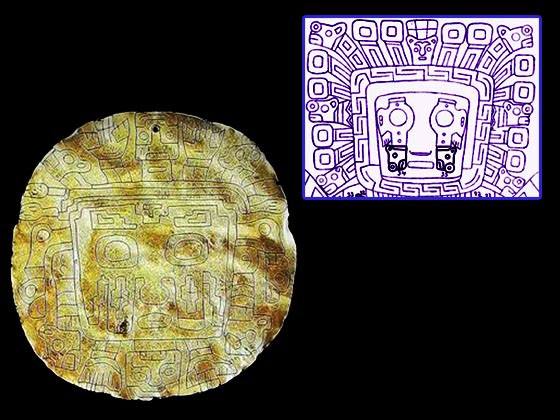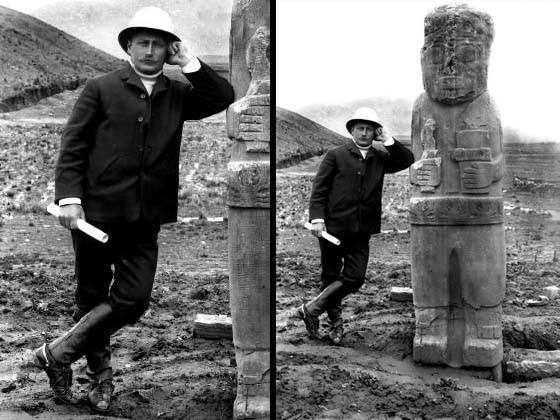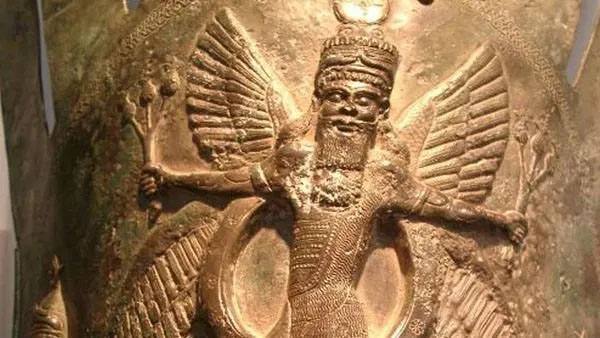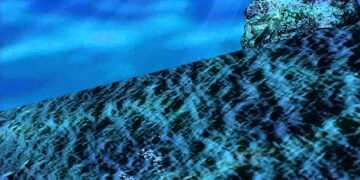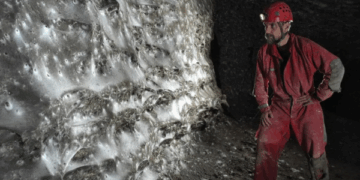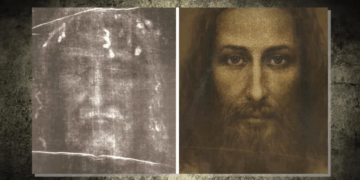The Anunnaki and Lake Titicaca: Archaeological relics of the Tiahuanaco culture found beneath the lake suggest a long-ago encounter.
The Tiahuanaco civilization is enigmatic: it has been dubbed “history’s oldest civilization” (older than Sumer). Atlantis has also been compared to it. According to one theory, archaeological findings of gold pieces under Lake Titicaca in Peru and Bolivia indicate the presence of the Anunnaki in this society.
Under the waters of Lake Titicaca, discoveries have been made.
In October 2013, Belgian archaeologists from the Huiaimarka Project investigated the depths of Lake Titicaca in an underwater archeological excavation, which may have revealed the presence of the Anunnaki in South America.
There were 2,000 objects discovered there, including ceramics with feline figures and 31 pieces of rolled gold. Archaeologist Christophe Delaere claims: “We discovered valuable archaeological formative material from the Tiahuanaco and Inca cultures, as well as 19th and 20th-century artifacts. That is, we have a history of 2,000 to 2,500 years. These are the first gold nuggets we’ve discovered. There’s also a rudder and an anchor from a pre-Hispanic boat.”
Based on their symbolism, archaeologist Marcial Medina Huanca believes these items belong to the Tiahuanaco people. Many of the objects, according to experts, were offerings thrown into Lake Titicaca by Tiahuanaco residents. Is Tiahuanaco the birthplace of Anunnaki metallurgy?
According to Zecharia Sitchin’s research, the Anunnaki built the world’s largest metallurgical facility in this region of the Tiahuanaco people of Bolivia around 4,000 B.C. Enki took his father, King Anu, to evaluate it during that millennium.
Sitchin based his theory on Arthur Posnanky, an Austrian archaeologist who discovered flaws in several stone blocks at Tiahuanaco. Almost every building in Tiahuanaco was covered in gold sheets in preparation for the advent of the Anunnaki. Gold nails were driven into the holes in the blocks to hold the sheets in place.
With this evidence, Zecharia Sitchin’s claim that the Tiahuanaco worked in gold metallurgy under the Anunnaki’s command, with gold imported from another area, is indirectly substantiated.
During the Ice Age, Tiahuanaco was established.
The Tiahuanacos erected their towns during the last Ice Age, which lasted from 15,000 BC to 15,000 BC, according to Arthur Posnansky. This would make it the world’s oldest civilization.
According to Posnansky, the waters of Lake Titicaca reached the city limits of Tiahuanaco during the Ice Age. A rudder and an anchor were also discovered under the lake, according to archaeologist Delaere… If the artifacts were recovered from a vessel before colonial times, it’s possible that the Tiahuanaco lived throughout the Ice Age, when Lake Titicaca was connected to the Pacific Ocean.
There’s a link to the Anunnaki.
The Anunnaki connection could be that these gods arrived on boats to Titicaca when connected to the ocean when they were exploring our Earth to establish their mining activities.
Many constructions have been discovered beneath Titicaca’s surface. Ramón Avellaneda and his diving team found a paved road and seven buildings in 1966. Hugo Boero Rojo, a scholar, claimed to have unearthed these structures, as well as temples and stairways, in 1980.
The Akaka Scientific Research Group discovered a pre-Inca structure, a ceremonial center, walkways, cultivation terraces, statues, and a two-foot gold idol in the lake’s bottom in 2004.
Posnanky theorized that the Bolivian-Peruvian region had been subjected to a series of cataclysms that caused the waters to rise and then fall. The submerged pre-Inca structures would have been built on dry land when the lake was smaller or before it was constructed.
We also spotted two things: the item of the Fuente Magna and the monument Pokotia, both of which could be evidence of the Sumerian gods Andes’ entrance (the Sumerians would have dubbed this Andean region Peru and Bolivia “Country of the Tin to the West”).
As a result of all of this, the arrival of the Anunnaki in the territories surrounding Lake Titicaca remains a mystery. There is various evidence, including gold plates with an unknown provenance beneath the waters, Anunnaki mining operations, and Sumerian-like writing in the Magna Fountain. The subject is debatable.


